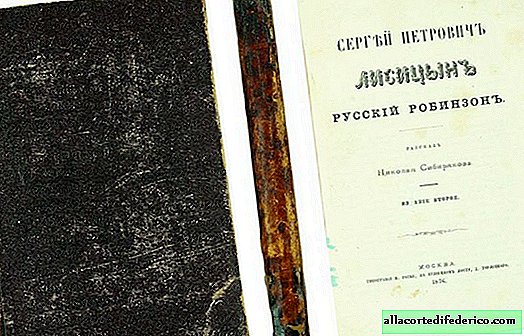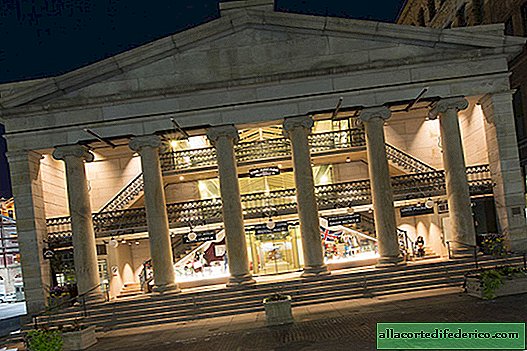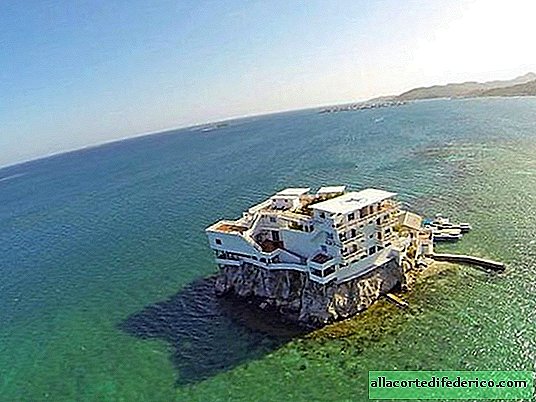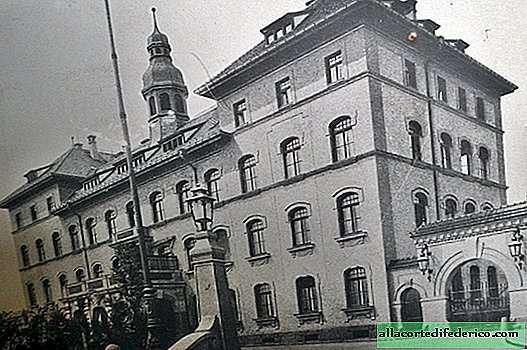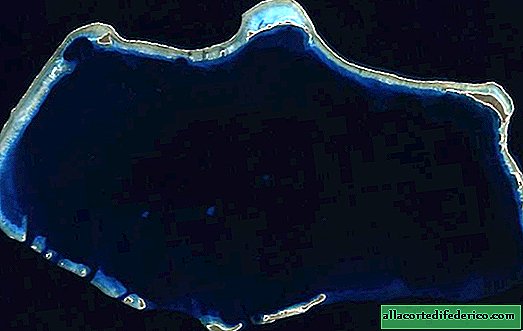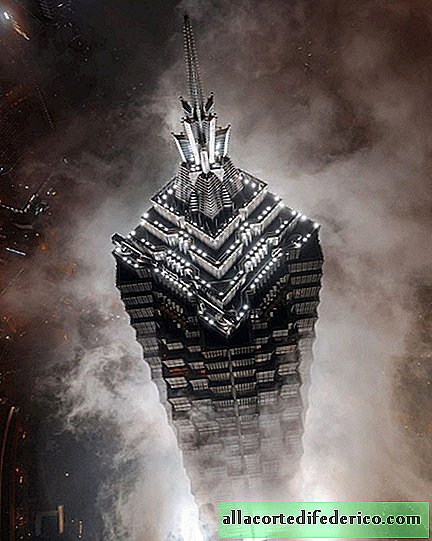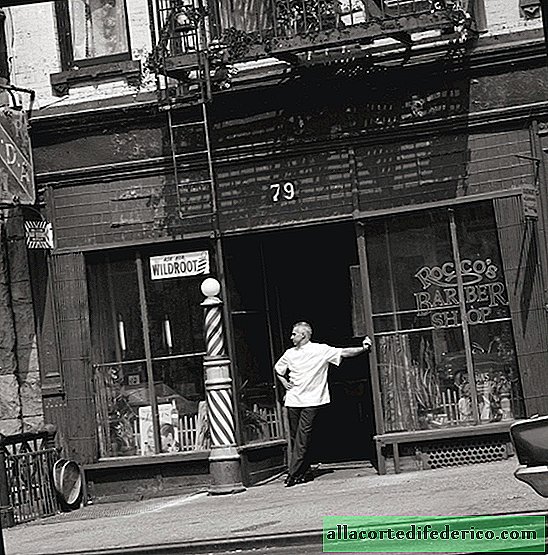Sunken Port Royal: how a thriving city in Jamaica ended up under water
Port Royal, located on the southeast coast of Jamaica, was once a thriving trading port. It was a bay of pirates, traders and adventurers of all stripes, who spent time on merry feasts and robberies, occasionally making their pirate sorties and annoying the merchant ships of the Caribbean. But the carefree life suddenly ended: the city was empty, and most of it plunged into the depths of the sea. The reason for this was a strong earthquake, which led to incredible consequences.
Initially, this comfortable, deep harbor on the southern coast of Jamaica was noticed by the Spaniards, who founded here at the beginning of the 16th century a port called Cagway. The convenient location of this port made it a key point of many trade routes, so the city grew rapidly. But the British, who appeared in the Caribbean, recaptured such a profitable port from the Spaniards and solidified themselves in the harbor. The city was renamed Port Royal and even selected as the capital of the newly made English colony.
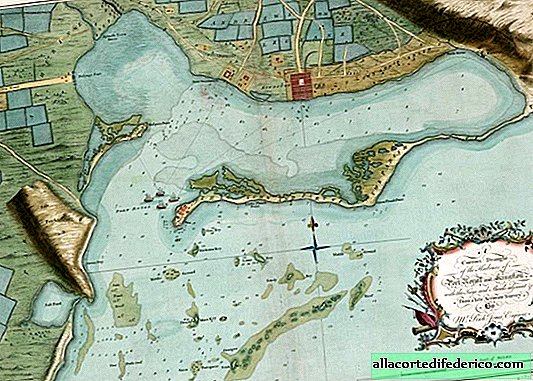
It was from here that large merchant ships, loaded with cane sugar, cocoa, Jamaican rum, and exotic fruits, sailed to England. Transit vessels bound for Europe also stopped here, so the city was one of the richest in the New World.
But the well-being of the British did not last long, since the elements intervened in their affairs. The catastrophic earthquake of 1692 went down in history as the Jamaican earthquake, from which all parts of the island were affected to one degree or another. Experts believe that the magnitude of the earthquake was 7.5, and the reason for such tremors was the location of the island in the border fault zone between the Caribbean and North American lithospheric plates. As a result of the Jamaican earthquake, several cities and settlements on the island were destroyed, but the most prosperous capital of the colony, Port Royal, was the most affected.

As a result of powerful tremors and landslides and tsunamis that followed, most of the city ended up on the seabed. The colossal destruction and thousands of deaths made most people think that it was a kind of punishment for piracy, robbery and the generally idle lifestyle of the inhabitants of Port Royal.
Be that as it may, but the city could not fully restore its former greatness. After it was partially rebuilt, there was a massive fire, and after some time, Port Royal was damaged by a tropical hurricane. For this reason, even those who believed that he still had a future left the city, and the capital was subsequently moved.

Modern Port Royal is a small coastal village whose population does not exceed 2 thousand people. But the ruins of the once prosperous city still rest at the bottom of the local harbor, which attracts archaeologists and divers. Valuable artifacts of the Middle Ages are often found here that replenish the collections of museums around the world. In addition, the grave of Henry Morgan, the famous pirate who served as governor of Jamaica, also fell into the power of the sea.
Scientists explored the sunken city with a special underwater vehicle and repeatedly sank to the bottom for archaeological work. The plans of local authorities to organize a special program for tourists with the possibility of immersion in the ruins of Port Royal.

